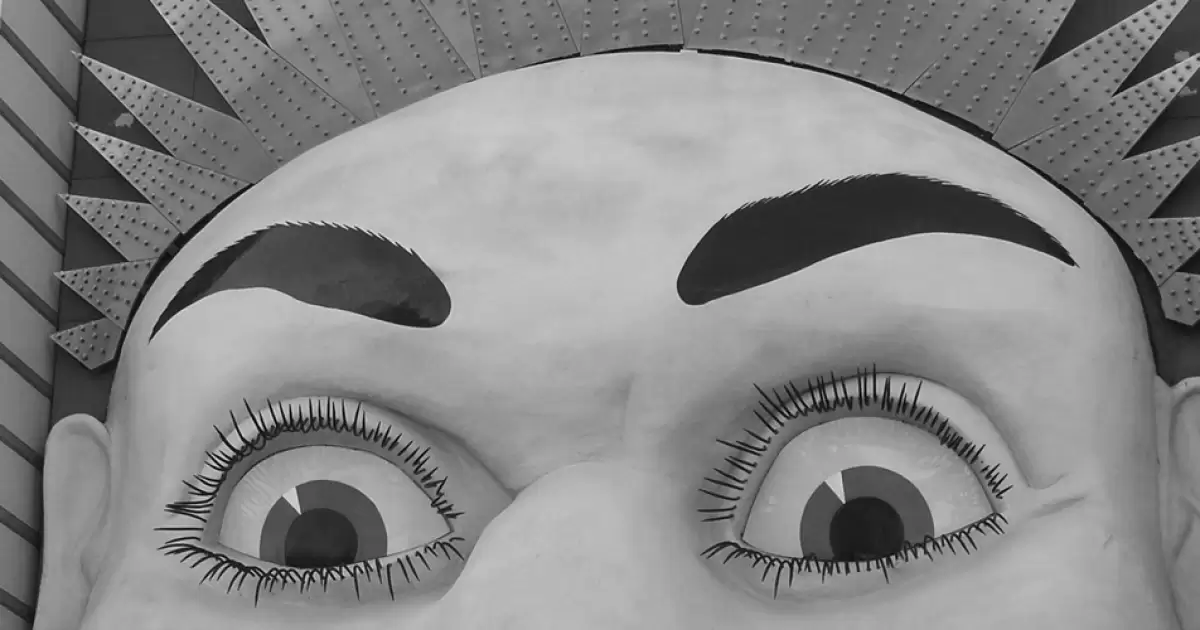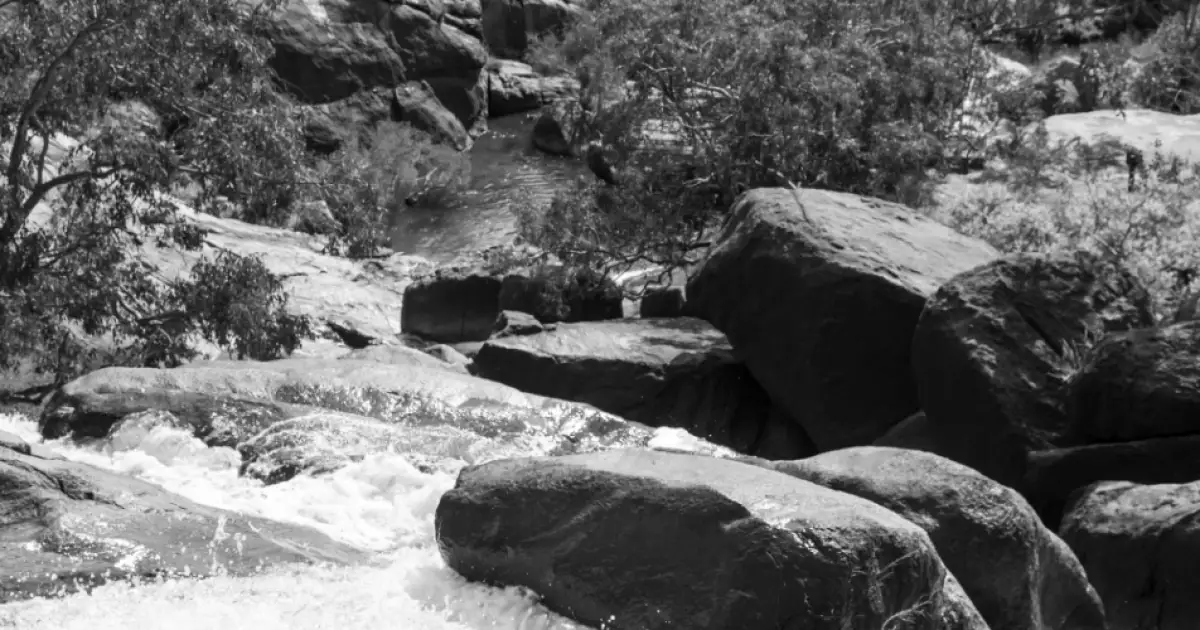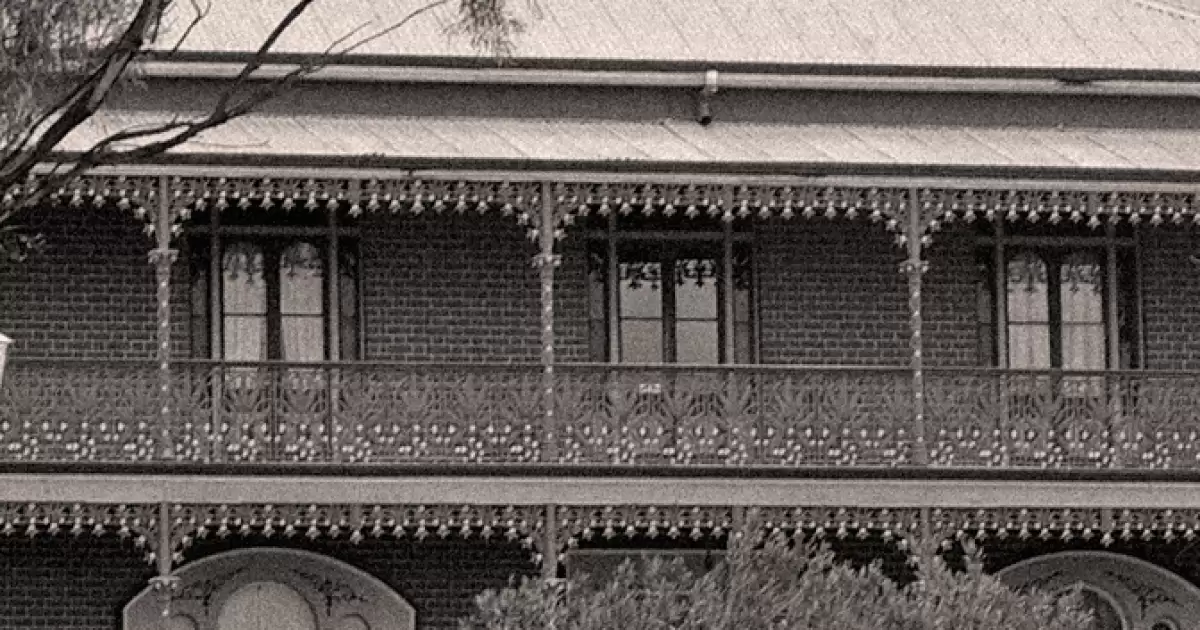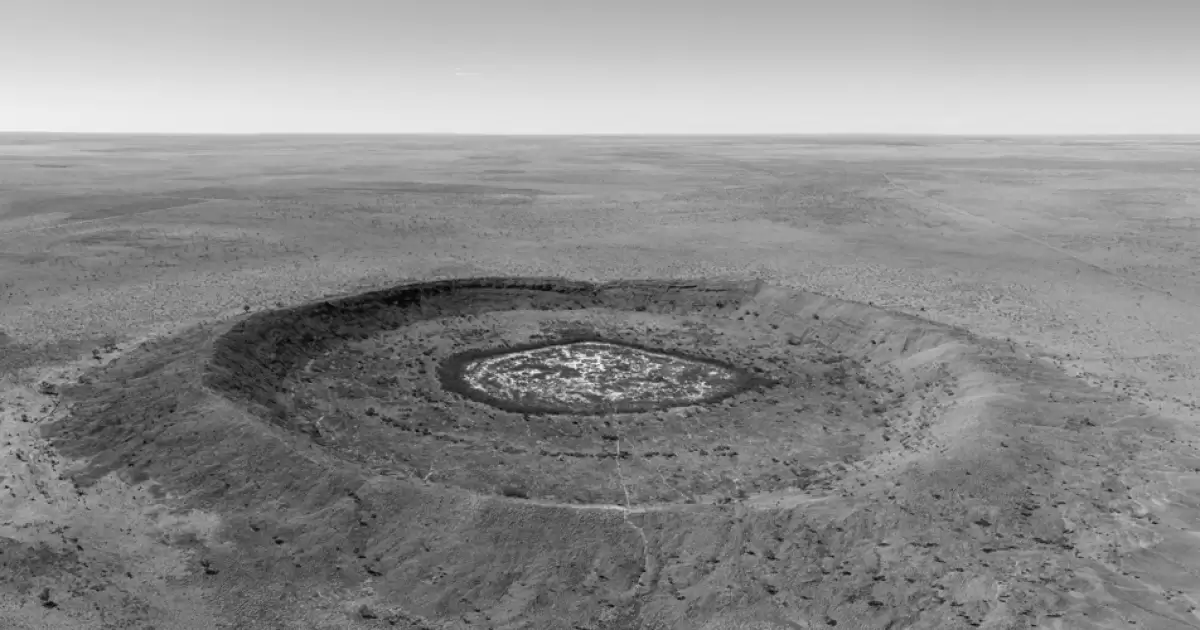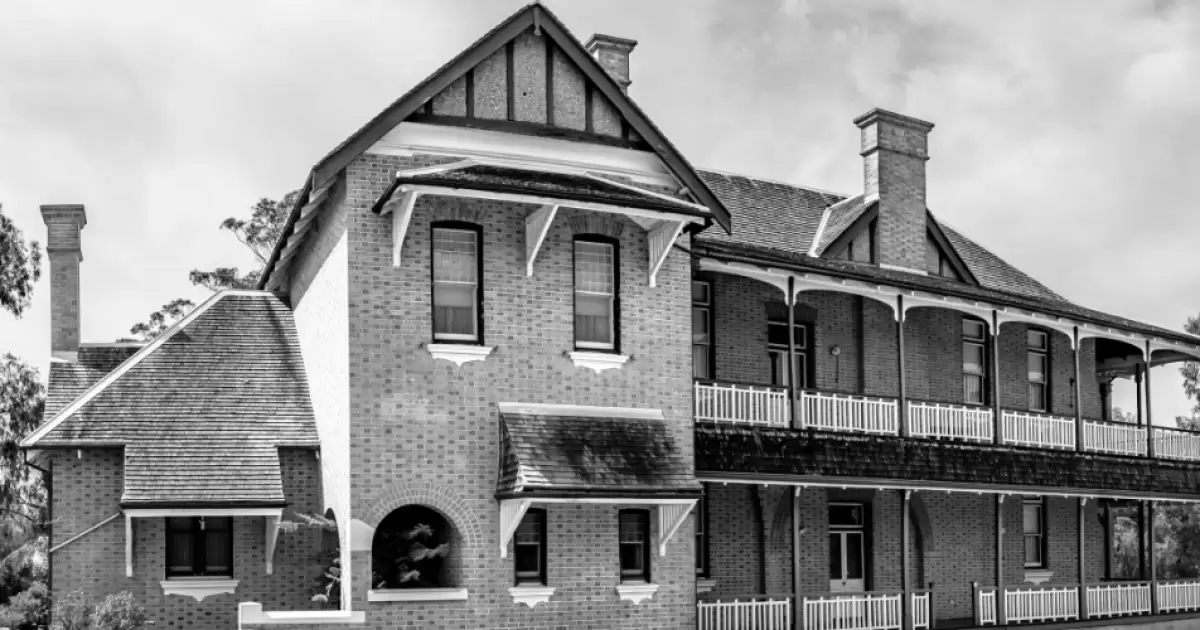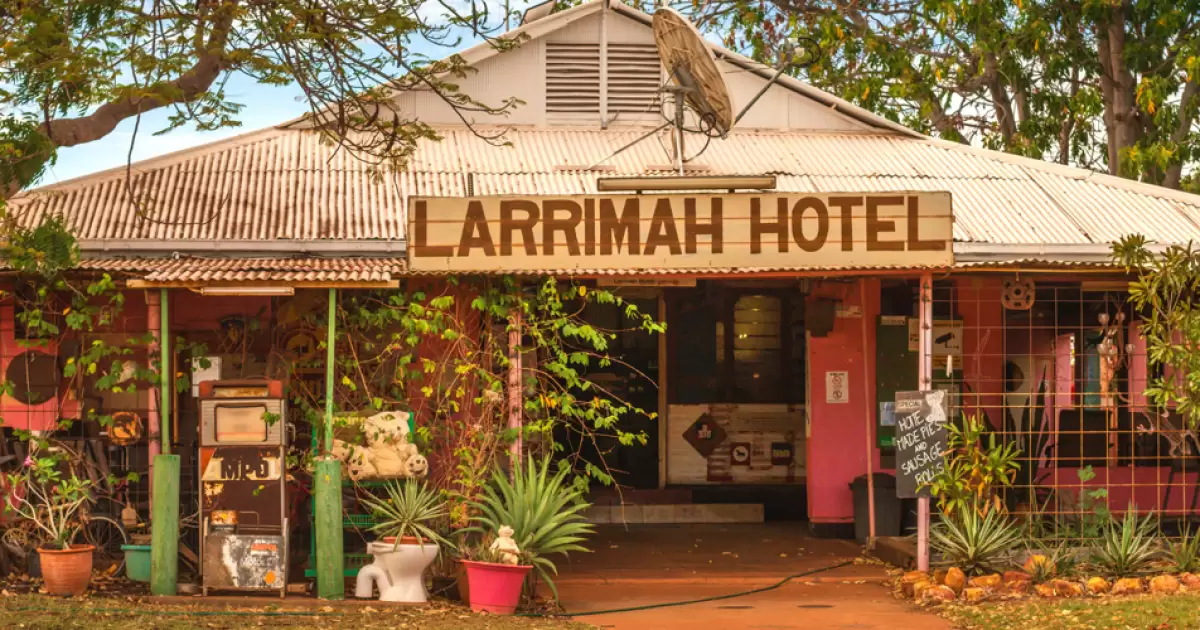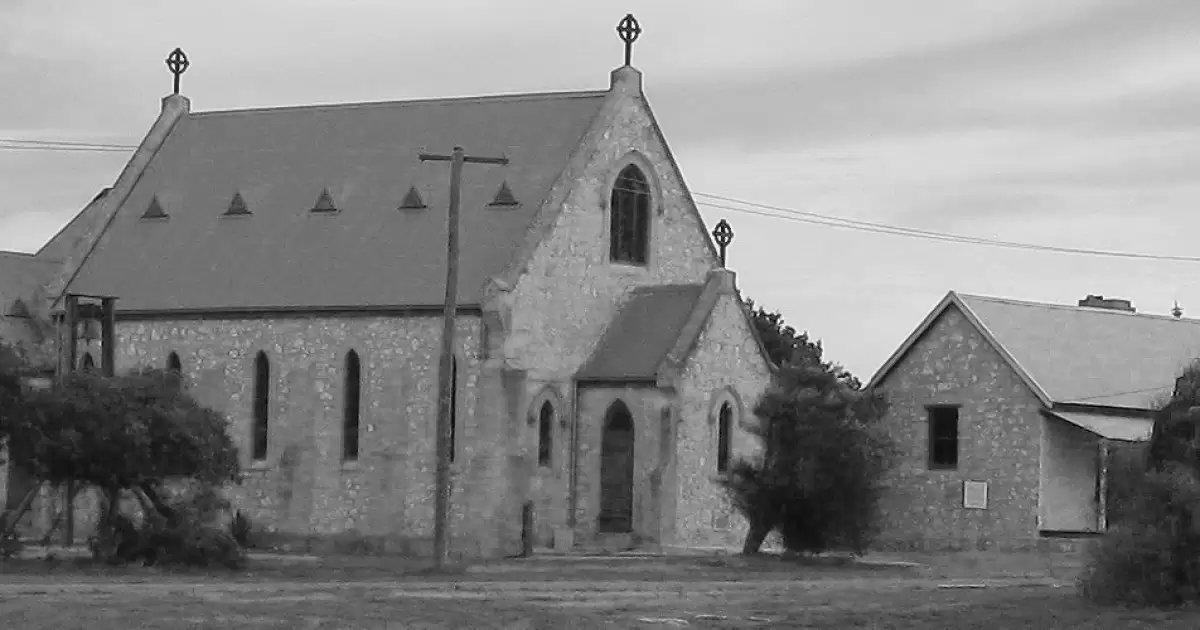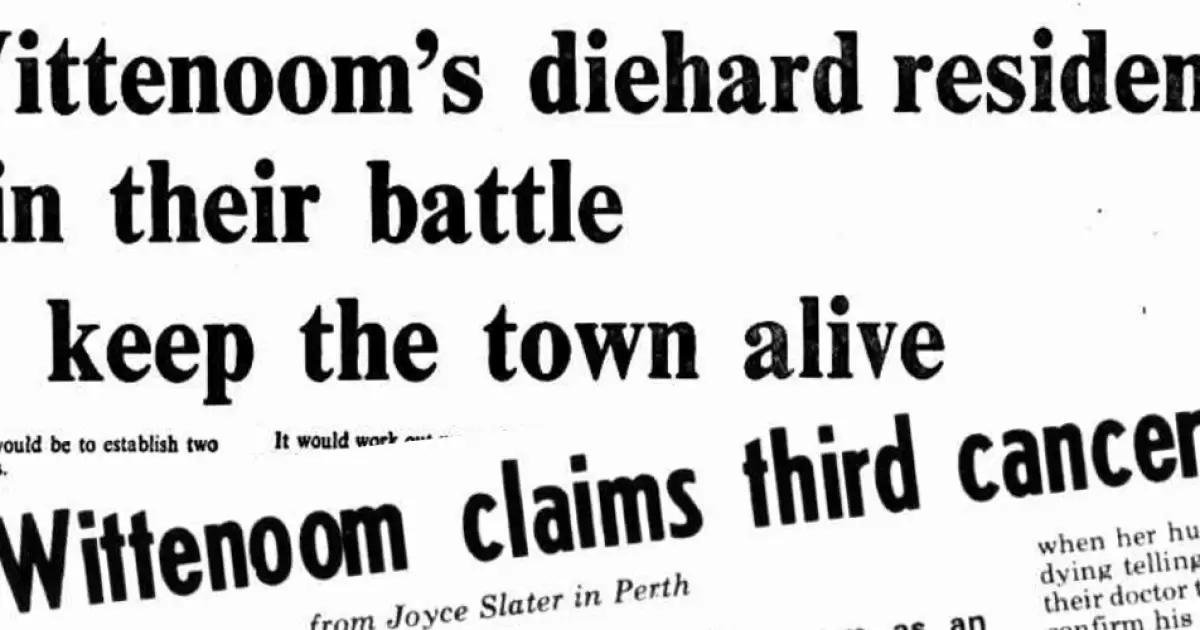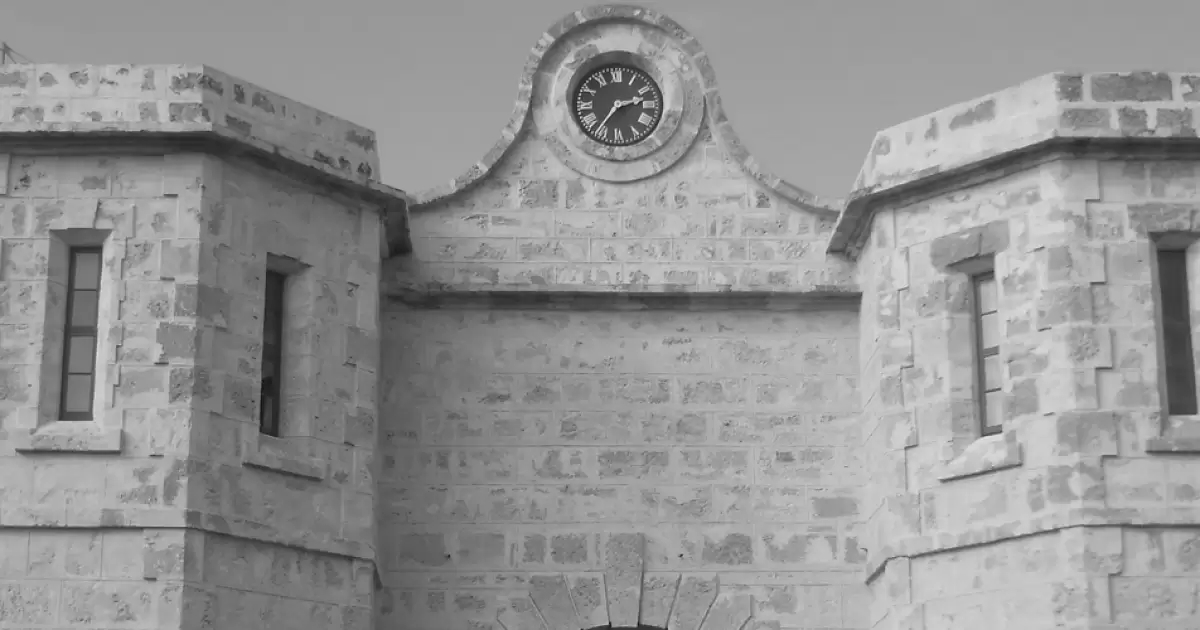On August 17, 1980, Azaria Chamberlain, an nine-week-old baby, went missing while on a family camping trip at Uluru in central Australia. Her parents, Lindy and Michael Chamberlain, claimed that a dingo had snatched her from their tent in the middle of the night. But not everyone believed them, and the case quickly became one of the most controversial in Australian history.
The Chamberlains' story about a dingo taking their baby seemed improbable to many at the time. Some experts argued that dingoes were scavengers that wouldn't attack humans, let alone a baby. Others pointed out that there was no evidence of a struggle in or around the tent, and that there were no bloody footprints or marks that indicated an animal had been involved.
Chamberlains Questioned
Despite this skepticism, the Chamberlains were initially supported by the police, who accepted their story and began a search for the missing baby. But as the investigation continued, the police began to focus on the parents themselves, particularly Lindy Chamberlain. They questioned her demeanor after the disappearance, her lack of visible grief, and inconsistencies in her story. Suspicion grew when a bloodstained jumpsuit, supposedly belonging to Azaria, was discovered in the Chamberlains' car.
Blood Splatters
Adding to the suspicion was the discovery of what investigators claimed to be blood splatter in the family car. Forensic experts testified that the stains were consistent with arterial blood spray, suggesting foul play. However, years later, it was revealed that the "blood" was actually a chemical compound used in the car’s manufacturing process, casting serious doubt on the reliability of the evidence presented at trial.
The Trial
The case went to trial in 1981, and Lindy Chamberlain was convicted of murdering her daughter and sentenced to life in prison. Michael Chamberlain was convicted of being an accessory after the fact. However, the case was far from closed. New evidence began to emerge that supported the Chamberlains' original story, including numerous reports from people in the area who had witnessed dingoes attacking and killing animals.
Conviction Overturned
In 1986, after intense public pressure and a royal commission, the Chamberlains' convictions were overturned, and they were released from prison. A new inquest was held in 1995, which found that Azaria had indeed been killed by a dingo and that the Chamberlains had been telling the truth all along.
The tragic story of Azaria Chamberlain is a reminder of the often-complicated relationship between humans and animals. It is also a cautionary tale about the dangers of rushing to judgment and the importance of keeping an open mind in cases where the truth is not immediately clear. While the Chamberlains' ordeal was ultimately resolved, the memory of their daughter and the circumstances of her death will continue to be felt by many Australians for years to come.
Longitude:
131.0171901652483

